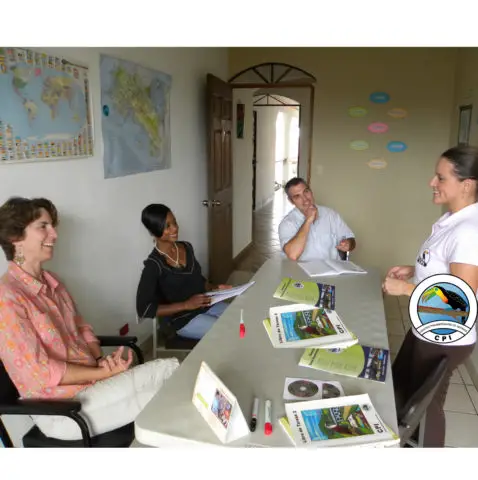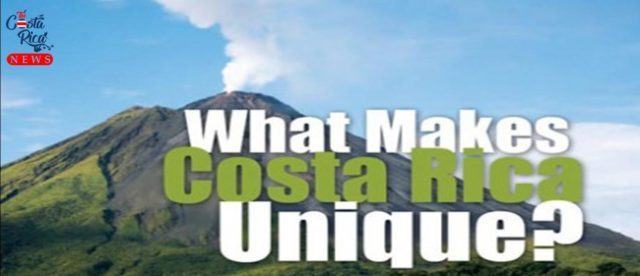
We Ticos have much to celebrate, in addition to the beauty of our landscape. As a society built by multiethnic influences, cultural activities are rich, abundant, and unique. We are known for being friendly and welcoming to visitors with open arms.
Whether your stay in our country is short or long, there are a variety of activities that you can do to immerse yourself in our culture. Some celebrations mark community activities, such as a new harvest season or an art fair, and there are also many religious celebrations in local churches. Of course, there are also many other types of historical and religious festive events.
December is the month that offers more celebrations that include fireworks, carols, carnivals, parades and shows full of joy throughout the country. February and March also have exciting events.
While these parties and celebrations are spectacular, there are other ways to experience our culture. Here are some of them:
Museums.
Costa Rica celebrates more than art, with its many museums. The country has a Children’s Museum, many Art museums that feature important works in the country’s history. Some of the most popular museums are the National Art Museum, the Gold Museum, and the Jade Museum.
Language Schools.

One of the best ways to experience the culture of Costa Rica is without a doubt to learn our language. If you are staying for a while in our country, you may want to take some of your time to learn the basics of the Spanish language.
What better place to apply your language lessons than to go out to a central market or to a restaurant where you can practice words and phrases with the locals? If you are staying in Costa Rica for a longer-term, an exchange program with a local family is the best option. It is a great way to immerse you in the language and our culture.
Learn Spanish from Zero.
Throughout the country, you can find many educational opportunities and language schools that will help you in your quest to speak better Spanish or learn to speak the Spanish language from scratch.
We have more than 24 accredited Spanish language schools at your disposal, as well as many others that are not accredited (internationally) but are equally good. Depending on your level, enrolling in an intensive language school in Costa Rica is a great place to learn not only a new skill but also the traditions of the land and the wonderful and cultural Tico heritage.
Tips to improve your Spanish.
Most of our language schools have 3 basic levels of Spanish: beginner, intermediate and advanced courses, with some schools also offering specialized subjects such as Spanish for business, Spanish poetry, etc.
Usually, classes can be taken every week. However, it is highly recommended that you enroll in a class of a minimum of 3 weeks. If you stay in a 5-week class, your language range will be greater, since the longer you study Spanish, the more familiar you become with it.
The North American Costa Rican Cultural Center (CCCN).

It is a non-profit entity, declared of public interest in 1993 by the Ministry of Justice for its contributions to the arts, culture, and knowledge. Since its creation, the CCCN has promoted intercultural experiences among the people of Costa Rica and the United States, becoming the entity that represents the manifestations of art and traditions of American culture in the country.
The five locations of CCCN are in San Pedro, La Sabana, Cartago, Heredia, and Alajuela. They have the objective of spreading between the two societies, American and Costa Rican, art, culture, and education.
This is why CCCN present shows with American artistic groups and share them with the Tico community. Cultural activities are carried out with the participation of students from American universities that share their knowledge with Costa Rican students and vice-versa. This within the framework of the “Promising Artists of the XXI Century” program. This program offers plays, concerts, dance shows and much more. Their mission is to be leaders in innovative language teaching and the promotion of intercultural experiences. Since its creation, more than 70 years ago, it has promoted enriching exchanges between the people of Costa Rica and the United States, being the entity par-excellence that represents the manifestations of art and traditions through its spaces: the Sophia Wanamaker Gallery and the Eugene O’Neill Theater.
Coffee Tours.
Costa Rican coffee is famous throughout the world, and it has a very important part in the country’s culture. Being the livelihood of so many people, coffee plantations form a large part of both Costa Rica’s economy and society. Taking a “coffee tour” will give you a glimpse into the daily life of our rural society, and as a reward, you can even taste a delicious cup of 100% Costa Rican coffee!

